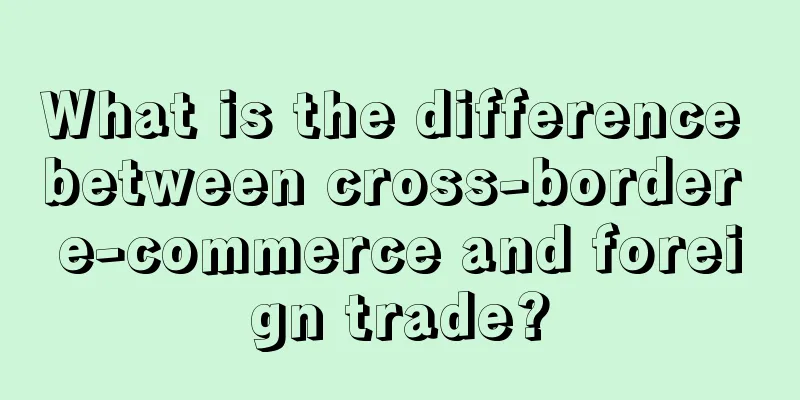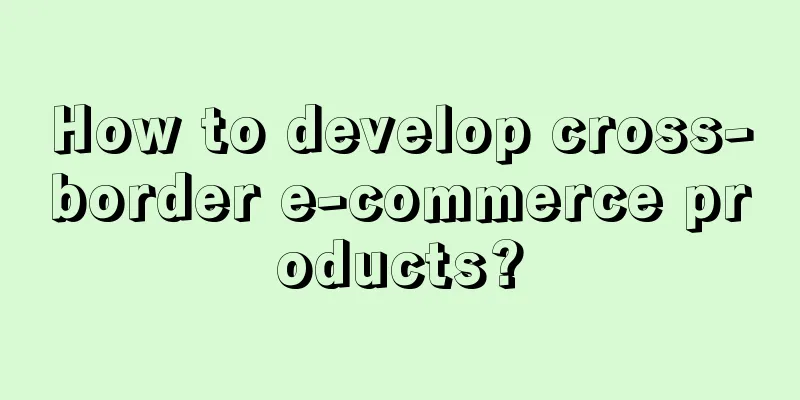Cross-border e-commerce and foreign trade are actually words with similar meanings, but there is a big difference between cross-border e-commerce and traditional foreign trade. Cross-border e-commerce is a new product.
1. Different in form:
In the foreign trade market, companies expand overseas markets by promoting their products and services through information channels and attracting foreign merchants. Therefore, from the perspective of communication methods, foreign trade belongs to information flow.
In cross-border e-commerce, merchants directly publish product information through platforms or self-built websites in order to complete product transactions. From this perspective, cross-border e-commerce belongs to the flow of goods.
2. Different import and export links:
In the foreign trade market, since companies are dealing with bulk commodities, they do not obviously consider time and cost optimization in the import and export links.
Cross-border e-commerce, whether time or cost, will affect the final transaction and profit of goods. Therefore, merchants should try to reduce costs and improve efficiency as much as possible in these links to obtain the final profit!
3. Different costs:
Cross-border e-commerce companies can achieve one-click shipping, solving the problem of increased costs for traditional foreign trade companies due to inventory, logistics, customs clearance, etc. We can regard cross-border e-commerce as an upgraded version of traditional foreign trade. In other words, it is a combination of e-commerce and foreign trade. Kuadian is an APP that can help traditional foreign trade manufacturers to engage in cross-border e-commerce for free, and can provide one-stop services from logistics, inventory and product promotion. There is no need for traditional foreign trade manufacturers to build a foreign trade team and operate promotions, you just need to add products.
4. Differences in taxation:
Because foreign trade often involves large-scale transactions, customs review and tax declaration are relatively complicated, involving not only value-added tax but also consumption tax.
As a transaction method in which merchants face individuals, cross-border e-commerce is simpler in terms of taxation. Sometimes you may only be involved in a travel tax.
5. Different transaction processes:
Cross-border e-commerce export has few links and a simple process. Customers place orders through the cross-border seller’s website, and then the cross-border seller places orders on the cross-border platform. The cross-border seller’s platform then sends the goods directly to the customer.
This solves the problems of sellers' inventory, logistics, customs clearance, etc. In traditional foreign trade companies, importers/exporters in one country centrally import/export large quantities of goods through importers/importers in another country, and then distribute them through multiple levels of domestic circulation companies, and finally reach companies or consumers with import/export needs. However, when traditional foreign trade companies conduct trade, they need to go through manufacturing companies, exporters, importers, distributors, wholesalers, retailers and customers.
This is the end of this article about the differences between cross-border e-commerce and foreign trade. If you want to get more information about cross-border e-commerce and foreign trade, please pay attention and we will continue to answer your questions~

